Batemo Technology
digitizes
battery development.
We combine the three technological assets of battery modeling, battery parameterization and battery data. This combination makes us unique, worldwide. Our customers use Batemo simulations to make their battery development faster, lower cost while leading to better products. This is how we generate value and contribute to the success of our customers. Fully in the spirit of our logo: Understanding Batteries.
Challenge
-

How should I design the battery cell for my application?
-

What is the fastest charging strategy for my cell?
-

Which operational strategies extent the lifetime of my battery?
-

How does my optimal pack design look like?
-

Which cell is the best for me?
Equivalent Circuit Models

inaccurate and no insights!
Microstructural Models

complex and slow!
Solution
1st Technological Asset
1st Technological Asset
Battery
Modeling
We use a fundamentally different battery modeling approach that combines speed and precision. It is based on the fundamental idea of virtually reproducing all relevant processes inside the battery. This is quite complicated: physical, chemical and thermodynamic processes are coupled in complex ways, depending on operating conditions and age. Everything happens simultaneously and runs on different length and time scales: from electrode particles just a few micrometers in size, up to processes in the centimeter range of cells and the meter range of packs. Some processes take just milliseconds, others need months.
2nd Technological Asset
2nd Technological Asset
Battery
Parametrization
You cannot get far without a battery lab. This includes chemistry labs for cell disassembly, building of custom battery cells, and in-depth in-house analysis capabilities. It is also essential to perform comprehensive battery measurements under any electrical, thermal and mechanical boundary conditions. On this basis, we apply optimized parameterization methods and efficiently identify the model parameters.
3rd Technological Asset
3rd Technological Asset
Battery
Data
We have had hundreds of battery cells in the lab, measured them over the entire operating range, completely disassembled and modeled them. Therefore, we have comprehensive battery data of the entire market: all chemistries, all cell designs, all sizes, all industries.
-
Get the Physics Right!
1st Technological Asset
Battery
ModelingWe use a fundamentally different battery modeling approach that combines speed and precision. It is based on the fundamental idea of virtually reproducing all relevant processes inside the battery. This is quite complicated: physical, chemical and thermodynamic processes are coupled in complex ways, depending on operating conditions and age. Everything happens simultaneously and runs on different length and time scales: from electrode particles just a few micrometers in size, up to processes in the centimeter range of cells and the meter range of packs. Some processes take just milliseconds, others need months.
-
Get the Parameters Right!
2nd Technological Asset
Battery
ParametrizationYou cannot get far without a battery lab. This includes chemistry labs for cell disassembly, building of custom battery cells, and in-depth in-house analysis capabilities. It is also essential to perform comprehensive battery measurements under any electrical, thermal and mechanical boundary conditions. On this basis, we apply optimized parameterization methods and efficiently identify the model parameters.
-
Profit from experience!
3rd Technological Asset
Battery
DataWe have had hundreds of battery cells in the lab, measured them over the entire operating range, completely disassembled and modeled them. Therefore, we have comprehensive battery data of the entire market: all chemistries, all cell designs, all sizes, all industries.
Fast. Physical. Accurate.
This is what we promise to our customers: Everything we do or we sell must be as fast, as physical and as accurate as possible. And we put our money where our mouth is and guarantee:
If you can show us another battery cell model that is more accurate, we will refund your money.
show the ruleshide

Advantages
enhance
technology
gain
speed
reduce
cost
increase
market share
minimize
risk
manage
complexity
-
Aging and Lifetime
Reach the longest lifetime by understanding how and why your cells age.
-
Cell Benchmarking
Use the best cells in your product by continuously scanning the battery cell market in respect to your key performance indicators.
-
Fast-Charging
Charge the fastest by developing strategies that fast-charge at the limit without aging the cells.
-
Battery Cell Design
Design your next-generation battery cell with unique KPIs on target to dominate the market.
-
Complexity
Cope with system complexity by ensuring overall compatibility by Batemo Cell Model simulations.
-
System Optimization
Build the best system by identifying the optimal design and operation strategy.
-
Thermal Modeling
Design the best thermal system and associated operating strategy through extensive Batemo Cell Model simulation studies across the entire operating range.
-
BMS Development
Develop best-in-class BMS algorithms by putting Batemo Cell Models in the loop for state and parameter estimation.






